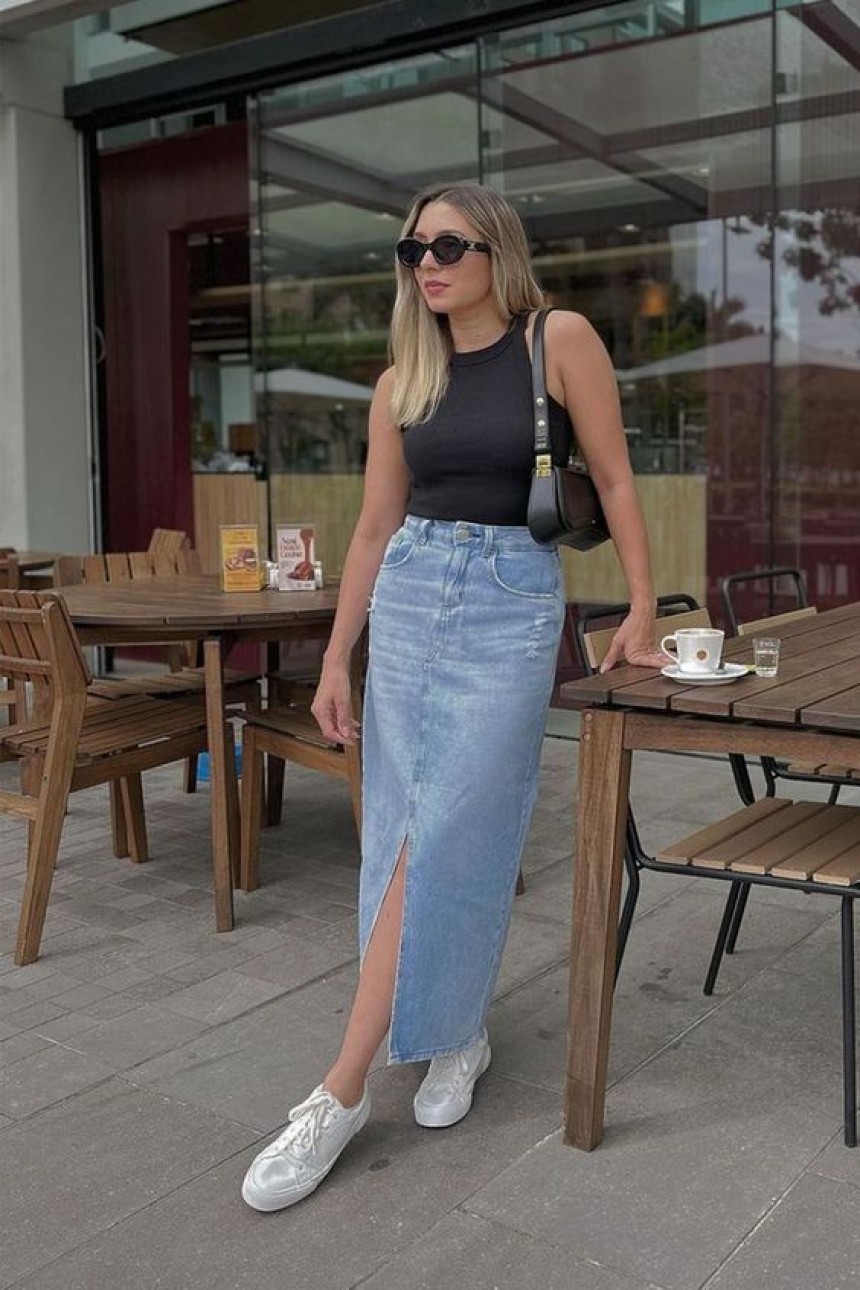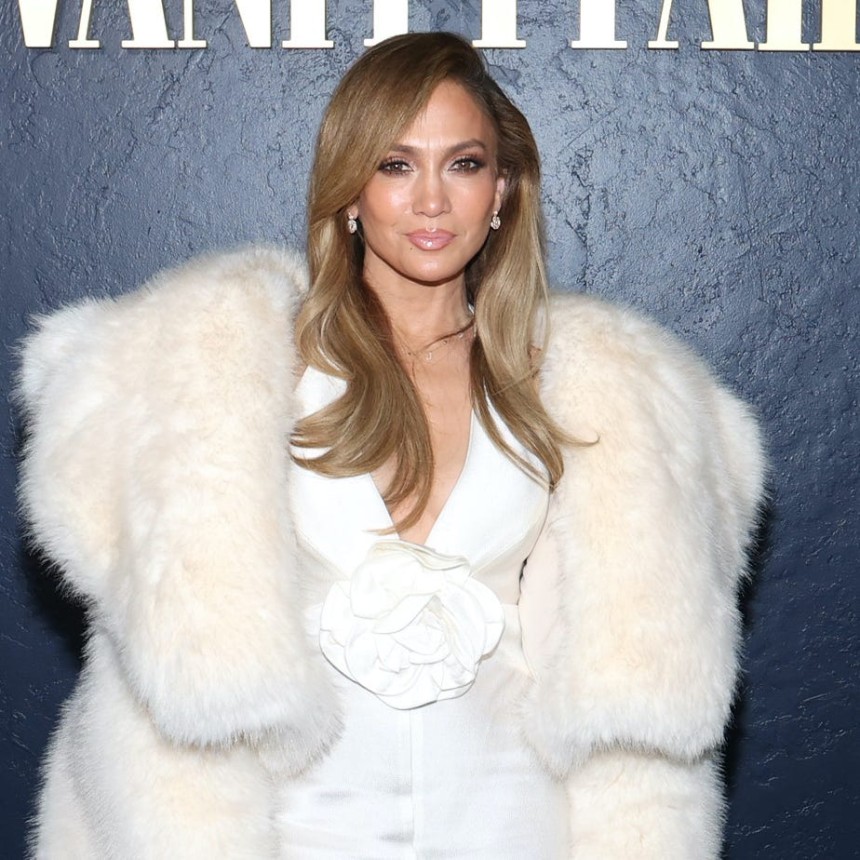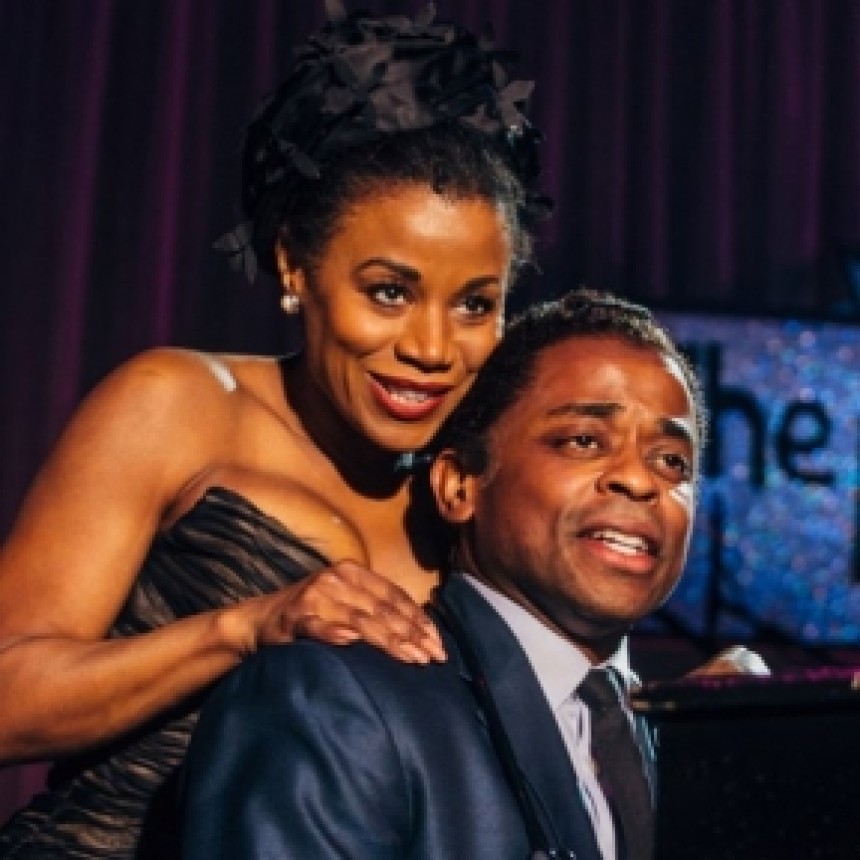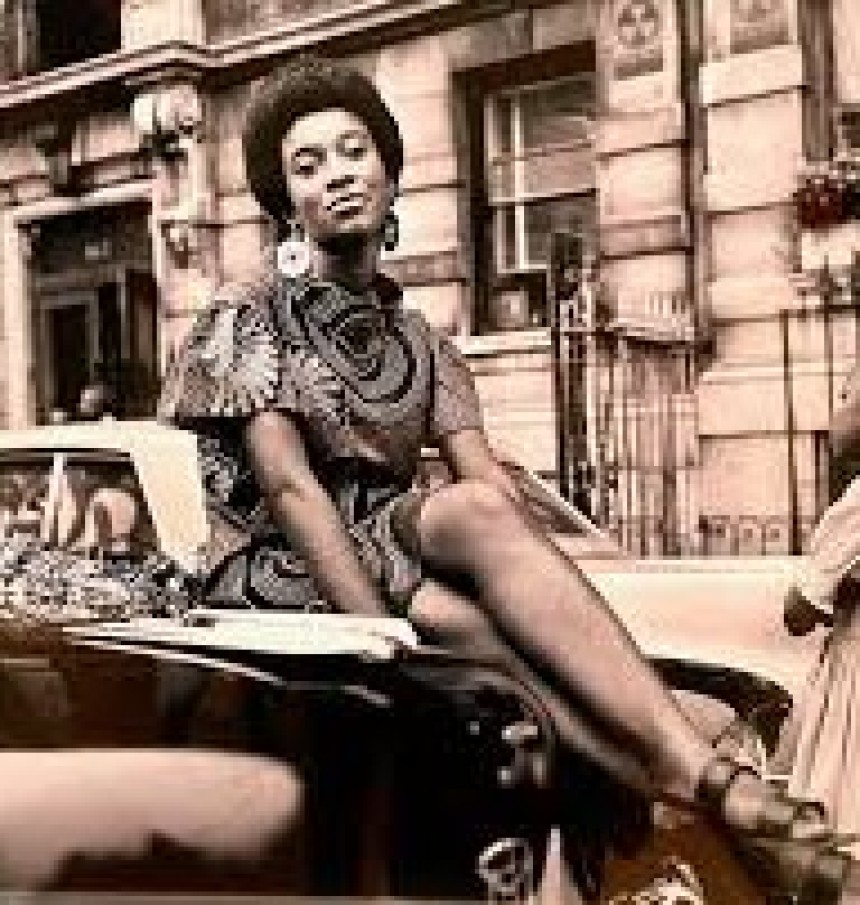
Power to the Pretty and Presentable
How Fashion Becomes a Form of Demonstration in Modern Democracy
Throughout history, fashion has been more than mere aesthetics—it's been a potent tool for expressing and challenging authority. Whether you recognize it or not, we often judge others based on their clothing, and the garments worn by leaders, politicians, and activists carry deep meaning, shaping public perceptions of power. Congresswoman Alexandria Ocasio-Cortez, fresh from a diplomatic tour of Latin America in the summer of 2023, underscored this notion on her Instagram story: "Dress is a form of communication… the way one dresses sends many messages at once." Her words speak to the centuries-old truth that clothing serves as a mirror, reflecting political ideologies, social movements, and individual power.
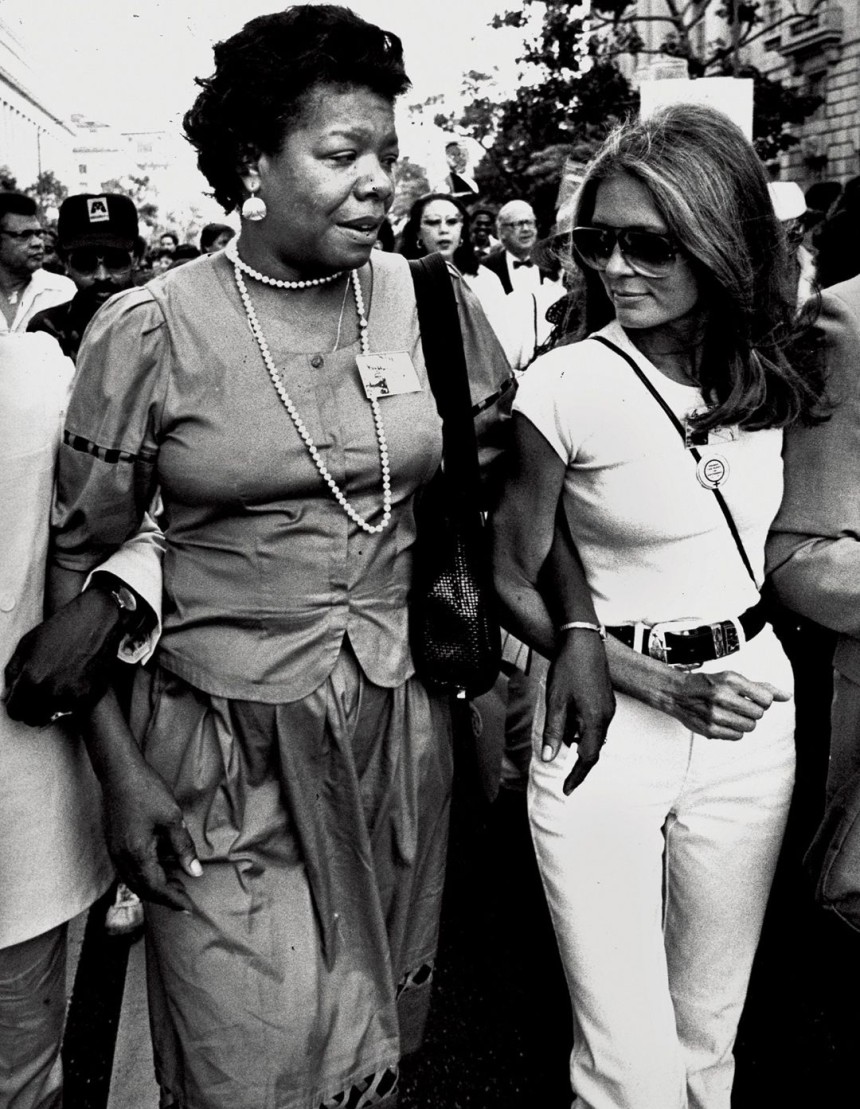
From the gilded headdresses of Ancient Egyptian Pharaohs—designed to manifest divine authority—to the subtle signals of modern political wardrobes, fashion has long been a vessel for projecting power. Egyptian rulers draped themselves in lion skins and symbolic jewelry, asserting their command over both mortals and gods alike. Their attire wasn’t just ornate—it was a message of absolute strength and divinity. Fashion as a symbol of collective power gained traction in the late 18th century. Take Sweden’s Queen Sofia Magdalena, who, in 1772, crafted a nationalist dress code for her royal court. Her prescribed “national costume,” with its striking black-and-white striped sleeve, was not only about style; it represented the unity and identity of the Swedish monarchy at a time when such symbols mattered greatly.
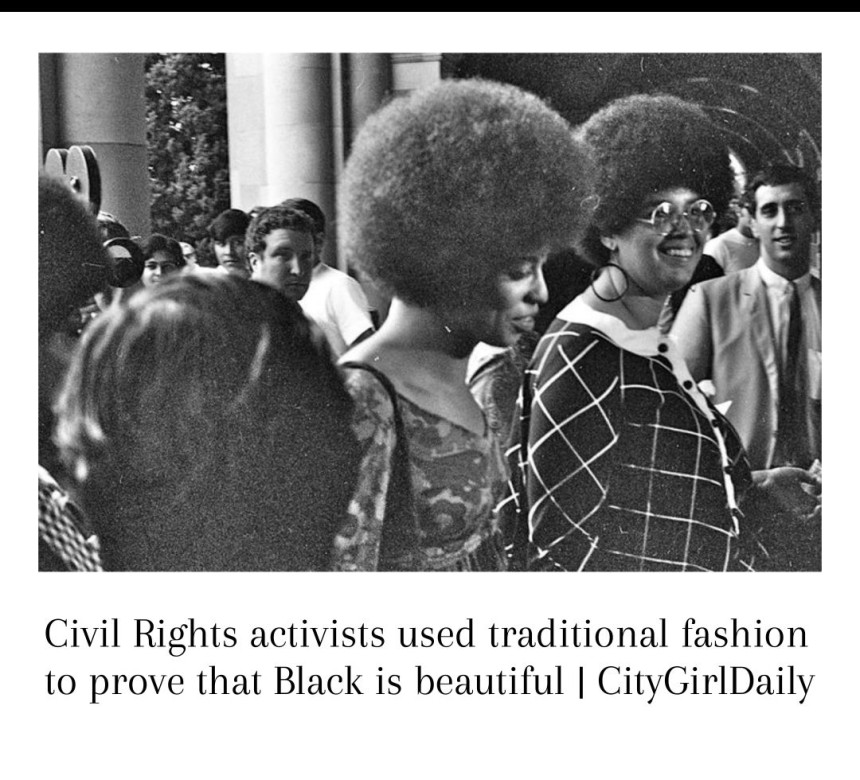
Yet, just as fashion has been wielded to project power, it has also been used to defy it. Consider the suffragettes of early 20th century England. Fighting for women’s right to vote, these women turned the narrative on its head, rejecting the media's depiction of them as frumpy or overly masculine. Their neat, feminine clothing choices—marked by the iconic purple, white, and green sashes symbolizing loyalty, purity, and hope—became their armor, silently shouting against the very stereotypes used to demean them. In the same vein, the Civil Rights Movement of 1960s America harnessed fashion as a form of resistance. Black activists, including those in the Black Power movement, embraced traditional African symbols like the bold patterns of Kente cloth and the unapologetically natural Afro hairstyle. This wasn’t just fashion; it was a declaration of Black pride and an unflinching push for equality, refusing the narratives of inferiority imposed by white society.
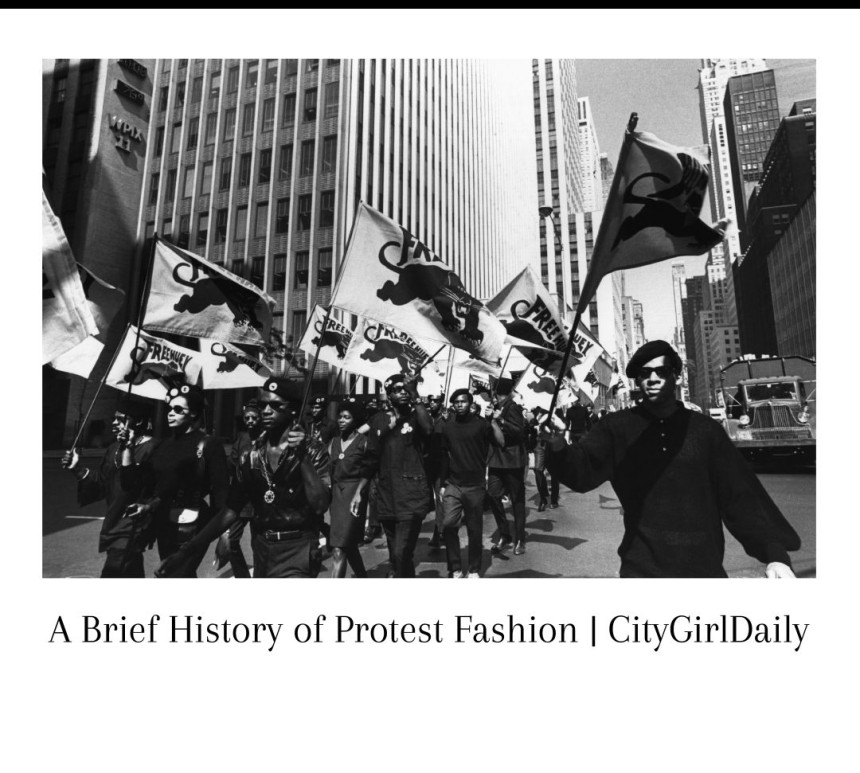
These fashion statements fused themselves into the collective consciousness, forever tied to social progress and the fight for justice. Today, those same symbols still evoke powerful memories of the ongoing struggle for equality. In our modern era, the influence of fashion has grown exponentially through social media. A recent example occurred after the 2024 assassination attempt on Donald Trump. In response, his supporters at the National Convention donned fake ear bandages in solidarity, mimicking his wound. What seemed like a small sartorial statement actually stirred significant sentiment, humanizing Trump while showcasing his resilience—resulting in a slight bump in the polls. It’s a stark reminder of how even a small piece of fabric can be a vessel for political storytelling. Kamala Harris, Trump’s current political rival, also taps into the quiet power of fashion, though with a subtler message. Frequently seen wearing Converse Chuck Taylors, her choice signals relatability and down-to-earth American values. It’s an appeal to the working and middle classes, crafted in stark contrast to the tailored French couture of Jackie Kennedy, who, in 1960, was criticized for her “un-American” clothing choices. The history of fashion in American politics consistently proves that the brands and styles leaders choose can alter public perception.

This intersection of fashion and politics isn't confined to the global stage; it even plays out in smaller realms. At Homerton College in 2023, supermodel Naomi Campbell—a long-time advocate for diversity in the fashion industry—was invited to their Black History Month dinner. Her very presence at a historically white institution sent a strong message: fashion can challenge entrenched structures of inequality and open doors to greater representation. Through every era and at every level, fashion remains a powerful tool for both projecting and protesting power. From the catwalk to the campaign trail, it is clear that clothing speaks volumes about who we are—and who we aspire to become.

